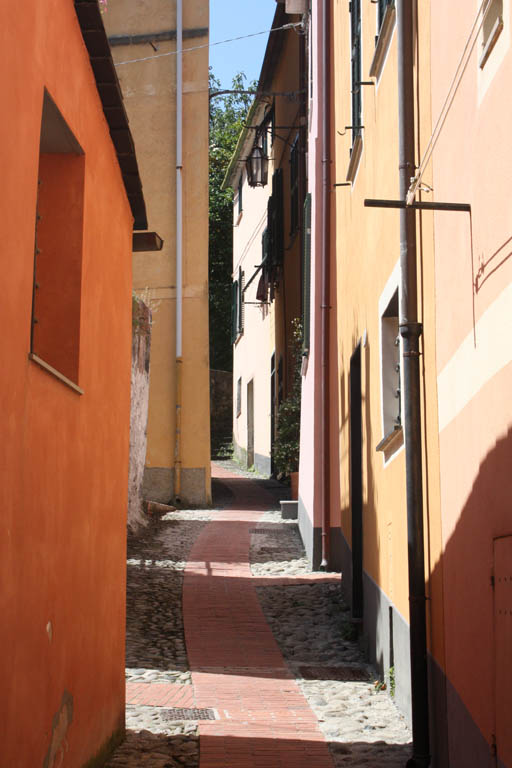On October 11th, I promised that I’d be writing an update on my reading habits as soon as I finished the mammoth Bleak House by Charles Dickens. On that day, I hypothesized that I probably wouldn’t be finishing it anytime before the summer, given my slow-poke reading pace and the sheer size of it. Well, I vastly overestimated. It’s only January, and I’m done. And I already miss it.
“How is it possible,” I say to myself. 982 pages in 90 days? I never read that fast. Yet the answer is simple: Bleak House is the most entertaining, most wonderful big book that you’ve probably never read, and is now firmly near the top of my list of best books ever. For sheer entertainment, it’s slightly behind the great Tom Jones, but it’s a much more complete novel in almost every way.
The thing you don’t expect about Bleak House is that it presses you on at breakneck speed as a sort of detective novel, though really only in the way that Crime and Punishment falls in the same genre. Because it’s Dickens, and because it’s long, and because of its title, it’s natural to expect some kind of gloomy, depressing, socially-responsible tome that ends badly. And while it has elements of all of that, at the end of the day, it is nothing of the sort.
The genius of big books, when they’re good, is their scope. In a historical moment when I find it difficult to remember what my last tweet was, it’s astonishing to watch how Dickens weaves 6,000 characters, plot lines, themes, twists and turns. They all keep you company for an extended period of time. And during that time, the floods have come and gone to the Cinque Terre, Vernazza is struggling back to its feet, and in Levanto the leaves have fallen, the oranges have ripened, and the mimosa flowers are just starting to bloom into puffs of yellow.
Next up: Fernand Braudel’s magnificent history of The Mediterraenan. Metahistorical narrative style (I couldn’t get through it otherwise) and 682 pages. See you in a few months.



